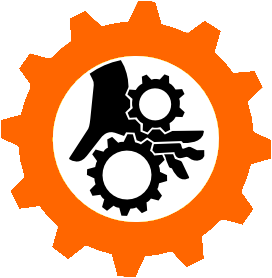

I think it’s not very difficult to construct a really shitty small reactor that is horrendously expensive per watt. Can probably be built in a year if you get rid of NRC and just half ass it completely.
I mean, Demon Core was a small reactor. You pretty much have to do a lot of work to ensure you won’t create a small reactor when a truckload of fresh fuel falls into a river.
What’s difficult is making a safe reactor that is actually making electricity at somewhat reasonable price per watt.



I’m afraid they already had that exact idea when they named the startup “oklo”.